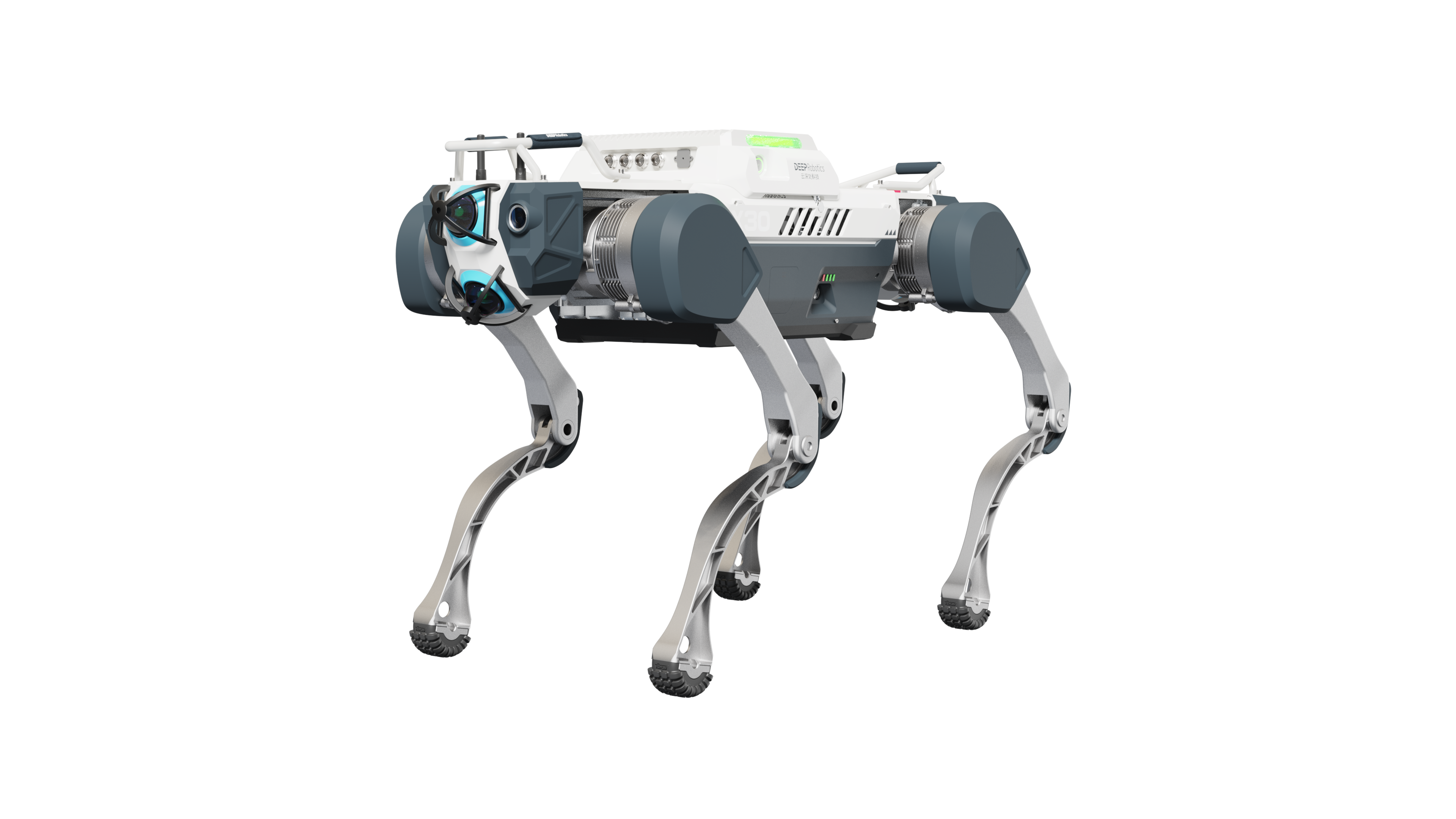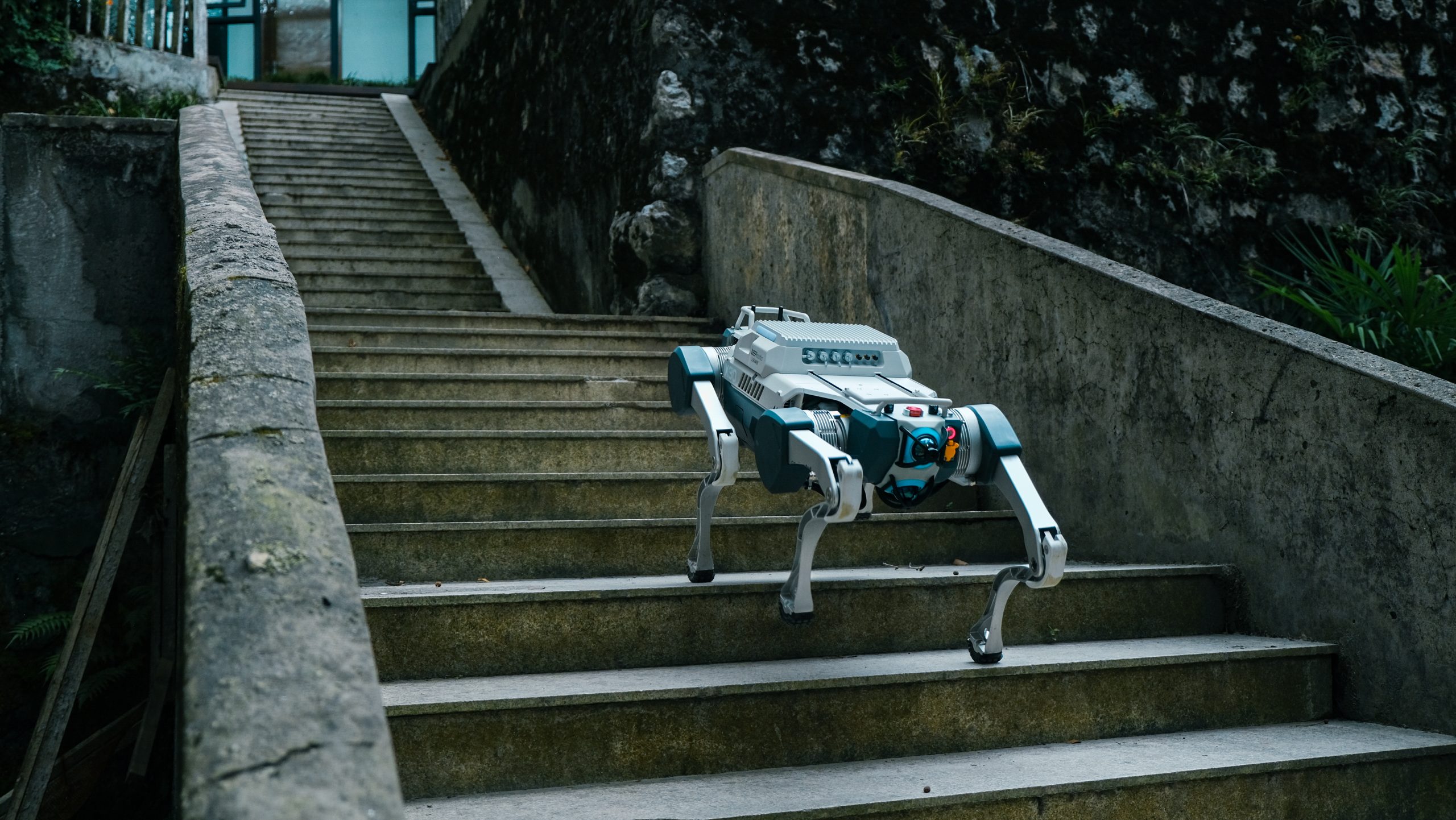The 21st century is witnessing a powerful convergence of two groundbreaking fields: biotechnology and robotics. Individually, each discipline has transformed how we approach healthcare, research, and industrial processes. Together, their intersection is unlocking entirely new possibilities — from advanced diagnostic systems to autonomous robots that support laboratory and clinical environments.
In this article, we explore how robotics is reshaping the biotech landscape, highlight emerging applications in healthcare, and showcase innovators like deep robotics who are building the autonomous systems that will define the future.

1. The Rise of Robotics in Healthcare and Biotechnology
Biotechnology has long been about harnessing biology for practical solutions — whether in medical testing, pharmaceuticals, or environmental applications. Robotics, on the other hand, focuses on intelligent automation, enabling machines to carry out tasks with precision, consistency, and adaptability.
When these two domains converge, the impact is profound:
- Laboratory Automation – Robotic arms and platforms reduce manual pipetting, sample handling, and reagent preparation errors. This improves reproducibility, lowers contamination risks, and accelerates testing throughput.
- Clinical Robotics – Robots assist surgeons with minimally invasive procedures, automate hospital logistics, and even deliver medications to patients.
- Field Applications – Mobile robots are increasingly being deployed for environmental monitoring, field sample collection, and infrastructure inspection — activities that indirectly support biotech research by providing reliable data.
2. Laboratory Automation: From Pipettes to AI-Powered Systems
The first major wave of robotics in biotechnology was lab automation. Traditional high-throughput screening relied on manual effort, limiting both speed and scale. Today, fully automated systems can process thousands of samples with minimal human intervention.
Key advancements include:
- Liquid-Handling Robots that perform precise pipetting in microplates, critical for drug discovery.
- Automated Sample Storage & Retrieval Systems that ensure cold-chain integrity for biological samples.
- AI-Integrated Lab Platforms capable of analyzing data in real time, making predictive recommendations for next experiments.
This evolution not only speeds up research but also frees up scientists to focus on innovation rather than repetitive tasks.
3. Robotics Beyond the Lab: The Role of Mobile and Quadruped Robots
While lab-based robots dominate headlines, a new wave of mobile robotics is redefining what’s possible in biotech and healthcare infrastructure. These robots are not confined to benchtops; they move through real-world environments, adapt to terrain, and perform autonomous tasks.
Quadruped robots, in particular, stand out due to their versatility:
- Navigating Complex Terrain – Unlike wheeled robots, quadrupeds can traverse uneven ground, stairs, and outdoor environments.
- Remote Inspection – They can carry sensors to inspect facilities, pipelines, or storage environments, ensuring biotech facilities remain compliant and safe.
- Emergency Response – In hazardous scenarios such as chemical leaks or infectious disease outbreaks, quadruped robots can perform frontline reconnaissance, minimizing human risk.
One of the global leaders in this field is deep robotics, whose platforms are designed for industrial inspection, public safety, and research. Their technology demonstrates how robotics can complement biotechnology by strengthening the infrastructure and operational resilience of healthcare systems.
4. Case Studies: Where Robotics Meets Biotechnology
To better understand the synergy, let’s look at real-world use cases where robotics and biotech intersect.
A. COVID-19 Testing and Automated Laboratories
During the pandemic, the demand for fast and reliable testing surged globally. Robotics allowed laboratories to scale testing capacity dramatically. Automated systems could prepare reagents, run PCR tests, and analyze results with minimal human involvement.
B. Robotic Delivery in Hospitals
Mobile robots have already been deployed in hospitals to deliver medications, transport samples, and reduce staff exposure to infectious diseases. These robots improve efficiency while protecting healthcare workers.
C. Environmental Monitoring
Robots equipped with biosensors can collect and analyze samples in the field — from wastewater monitoring for pathogens to tracking environmental changes affecting human health. Quadruped robots are especially suited to such rugged tasks, enabling biotech companies to access new data streams.

5. The Role of Deep Robotics in the Future of Healthcare
Deep robotics specializes in quadruped robot technology, offering platforms capable of autonomous movement and intelligent sensing. Their robots are already being applied in:
- Industrial Inspection: Ensuring the safety and stability of power plants, pipelines, and warehouses.
- Public Safety: Supporting search-and-rescue missions and hazardous environment reconnaissance.
- Research & Education: Providing universities and laboratories with advanced robotic systems for AI and autonomy development.
In the future, such technologies could play a direct role in biotech and healthcare ecosystems — transporting medical samples, supporting disaster relief where medical infrastructure is damaged, and ensuring continuity of operations in critical facilities.
6. Why the Convergence Matters
The integration of robotics and biotechnology is not just about efficiency — it’s about resilience and innovation.
- Efficiency: Automated systems reduce human error and speed up processes.
- Safety: Robots can operate in environments dangerous for humans, such as pathogen-rich zones or chemical spills.
- Scalability: As biotech breakthroughs accelerate (e.g., genetic testing, molecular diagnostics), robotics provides the infrastructure to scale globally.
- Innovation: Robotics enables entirely new research models, from autonomous field sampling to AI-driven drug discovery.
7. Looking Ahead: The Next Decade of Bio-Robotics
As AI, robotics, and biotech continue to advance, we can expect to see:
- AI-Powered Bio-Robots capable of conducting experiments independently.
- Autonomous Clinical Support Robots designed for patient interaction, rehabilitation, and diagnostics.
- Cross-Sector Collaboration between biotech firms, robotics companies, and healthcare institutions to co-develop hybrid solutions.
The synergy will likely result in faster drug pipelines, smarter diagnostics, and more robust public health systems.
Conclusion
The intersection of biotechnology and robotics represents one of the most exciting frontiers in modern science. From automated labs to autonomous quadruped robots, these technologies are redefining the future of healthcare, research, and industrial safety.
Companies like deep robotics are playing a crucial role in building the infrastructure that will enable biotech and healthcare to thrive in the coming decades. By combining precision biology with intelligent machines, humanity is taking a significant step toward safer, faster, and more innovative healthcare solutions.

